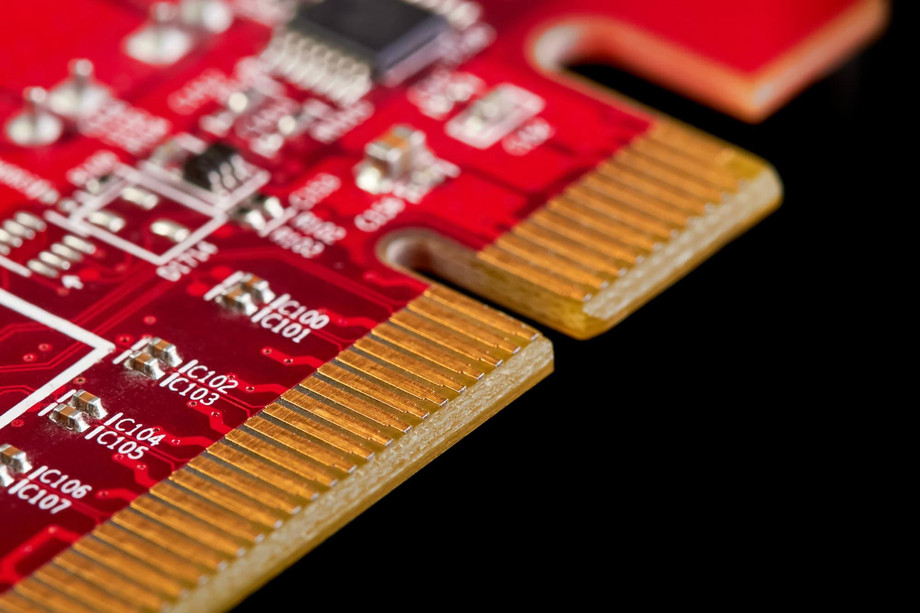As electric vehicles (EVs) continue to surge in popularity, the demand for efficient and smart charging infrastructure becomes increasingly critical. This shift not only aligns with environmental sustainability goals but also reflects the necessity for innovative technologies in our transportation ecosystem. The integration of advanced embedded hardware solutions into EV charging stations is pivotal in addressing the challenges of scalability, reliability, and user experience. This blog delves into the key components and benefits of embedded hardware solutions tailored for smart electric vehicle charging stations.
Understanding the Role of Embedded Hardware
Embedded hardware refers to specialized computing systems designed to perform dedicated functions within larger mechanical or electrical systems. In the context of smart EV charging stations, embedded hardware serves as the backbone for various functionalities, including power management, user interface interactions, data processing, and network connectivity. By utilizing embedded systems, manufacturers can create charging stations that are not only efficient but also capable of intelligent decision-making, enhancing the overall user experience.
Key Components of Embedded Hardware Solutions
-
Microcontrollers and Processors
At the heart of every smart EV charging station is a microcontroller or processor. These devices manage the charging process, monitor energy consumption, and communicate with the EV and the power grid. Advanced microcontrollers equipped with real-time processing capabilities allow for the seamless operation of charging protocols, ensuring that vehicles receive the appropriate power level based on their needs and battery status. -
Communication Interfaces
Effective communication is essential for the interoperability of EV charging stations with various electric vehicle models and charging standards. Embedded hardware solutions incorporate communication protocols such as CAN (Controller Area Network), Ethernet, and wireless technologies (like Wi-Fi and Bluetooth). These interfaces facilitate real-time data exchange between the charging station, the electric vehicle, and cloud-based services, enabling features like remote monitoring and diagnostics. -
Sensors and Monitoring Systems
Embedded systems integrate a variety of sensors that play a crucial role in enhancing charging station functionality. Current sensors, temperature sensors, and voltage sensors are commonly used to monitor the health and efficiency of the charging process. These sensors help in detecting potential issues early, ensuring safe and efficient charging operations. Furthermore, integrating user-friendly displays provides real-time feedback to users about their charging status. -
Power Management Units (PMUs)
Efficient energy management is a core requirement for any EV charging solution. Power Management Units (PMUs) help optimize energy distribution, allowing for features such as load balancing and demand response. By intelligently managing power consumption, charging stations can prevent overloading of the electrical grid, especially during peak hours, contributing to a more sustainable energy ecosystem.
Benefits of Embedded Hardware in Smart EV Charging Stations
-
Enhanced User Experience
Smart charging stations equipped with advanced embedded systems offer a more intuitive user experience. Features such as mobile app integration for remote monitoring, reservation capabilities, and payment processing make the charging process seamless. These enhancements encourage EV adoption by alleviating concerns about the accessibility and convenience of charging infrastructure. -
Scalability and Future-Proofing
The rapid evolution of electric vehicle technology necessitates charging solutions that can adapt to future advancements. Embedded hardware solutions allow for easy upgrades and integration of new technologies, ensuring that charging stations remain relevant and efficient as new EV models and charging standards emerge. -
Data Analytics and Insights
The data collected from embedded systems in charging stations can be invaluable for operators. By analyzing user behavior, energy consumption patterns, and station utilization rates, operators can make informed decisions regarding maintenance, expansion, and optimization of their charging networks. These insights lead to increased operational efficiency and better service for EV users. -
Sustainability and Energy Efficiency
The integration of smart technologies in EV charging stations contributes to sustainability goals. By optimizing energy consumption and utilizing renewable energy sources when possible, embedded hardware solutions play a significant role in reducing the carbon footprint associated with electric vehicle charging. Moreover, features like vehicle-to-grid (V2G) technology enable EVs to return energy to the grid, further enhancing the sustainability of the entire ecosystem.
Challenges and Considerations
Despite the numerous advantages, deploying embedded hardware solutions in smart EV charging stations comes with its challenges. Ensuring compatibility with various EV models and charging standards can be complex. Additionally, addressing cybersecurity threats is paramount, as connected devices can be vulnerable to attacks. Manufacturers must prioritize robust security measures to protect sensitive data and ensure the integrity of their charging networks.
Conclusion
Embedded hardware solutions are integral to the development and operation of smart electric vehicle charging stations. By incorporating advanced microcontrollers, communication interfaces, sensors, and power management units, these charging stations not only enhance user experience but also contribute to sustainability and operational efficiency. As the world transitions towards electric mobility, investing in innovative embedded technologies will be crucial in creating a robust and accessible charging infrastructure that meets the needs of consumers and supports global environmental goals. The future of transportation is electric, and with the right embedded hardware solutions, we can build a sustainable ecosystem for generations to come.
To Know More About embedded hardware

